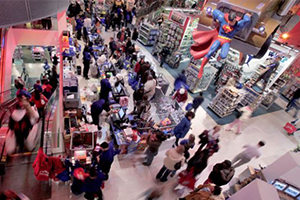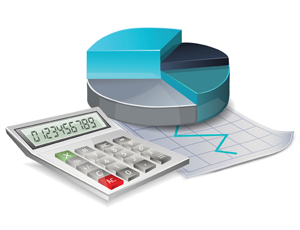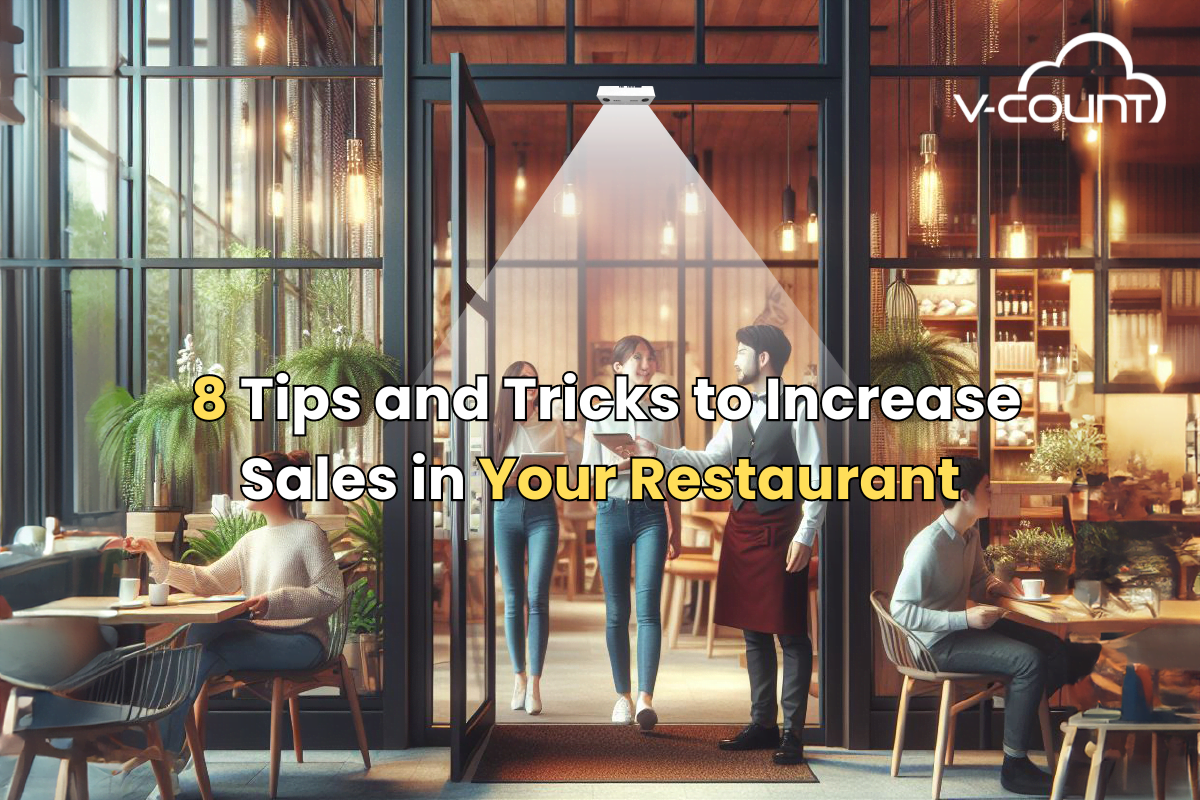Expanding a retail business can be a bit tricky. Your growth plan should be based on opening more physical stores in different locations and attracting an increasing amount of footfall day-by-day.
Business owners tend to look at complex financials and get lost in them while trying to dwell on how to branch out. Here is the truth! You need to focus on the right metrics in order to succeed, rather than wasting your valuable time. The smart way to rise up and shine amongst your competitors passes through analyzing and strategizing with these 4 essential metrics.
Customer Traffic
Customers are the key focus of retail business and the main source of revenue. The more potential shoppers come into your store, the more money you will make through their shopping behaviour.
It is always easier to break the numbers down and analyze them through e-commerce shopping because all the numeric information is already online. When you are benchmarking data, it is always going to come out more accurate than physical stores’. The hard part is to keep up with the number of visitors and actual shoppers coming to your brick-and-mortar stores. You can differentiate between them by offering loyalty programs, and follow the sale history. Even then, it won’t be as accurate as pulling the data through a people counting system. With the right people counter, you will be able to detect how many potential visitors walked in and out of your stores without trying to second guess yourself.
Conversion Rate
Your conversion rate is just as important as your customer traffic because it is directly related to the number of potential customers vs. actual shoppers. In e-commerce, that is clearly achievable because you know exactly how many customers shopped from your online store, but in physical stores you need to know exactly how many customers purchased how many items.
According to a recent research, the avg. conversion rate for online stores is between 2-3% because like it is mentioned before, you can find all the analytics and exact numbers online related to your customers purchasing path.
Unfortunately, it is always going to be harder and less accurate for brick-and-mortars to measure their conversion rate. For example, even at a point, where your conversion rate is supposed to be 100%, somebody forgets their wallet at home just at the point of purchase. With that said, it is a must to use people counting systems to measure your exact conversion rate because you can work with accurate data, just like online stores rather than assumptions.
Number of Items Per Purchase
If your retail business has good averages per purchase, that means the number of items that are bought is rising, which shows your customers are buying cheaper products. Basically, if your average number of purchases is increasing, the number of items that are bought are increasing as well. It is always recommended to have a slower item count than the average sales value because as a retailer, you want to sell your products for more money.
Sales Profits Before Costs
Retailers generally calculate this metric as the selling price of an item less the cost of all the goods sold. Gross margin (Sales Profits Before Costs) is also a vital metric for businesses because it has to cover all sales and production costs. If you are either a retail business owner or if you own any other type of business, you need to set your gross margin high enough to make room for any types of discounts because you might have some unsold items.
Setting gross margins varies amongst different types of retail stores. For example, some retailers keep low margins on purpose to sell more items at a lesser value, thus keep the conversion higher. In some cases, for example at a clothing stores, where fewer items are sold, the margin needs to be higher because this value is related to staff, client per item sold and the operating space.
Beware! there is always a thin line, where you need to set your gross margin value. You cannot set it higher than the industry value avg. and cannot make any profits if it is lower than that also.
At the end of the day, there is no need to get buried in complicated reports and huge numbers to assess your retail business’ success. All you need to follow and analyze is your total traffic, conversion rate, number of items per purchase and your gross margin. On the other hand, empowering the right people counting systems for your retail business will definitely bring you a plus and make sure you are getting these numbers right and accurate. Once you put all these fundamentals together and make sense out of them as one item, you are on the right track to climb up the ladder of victors in your industry.










